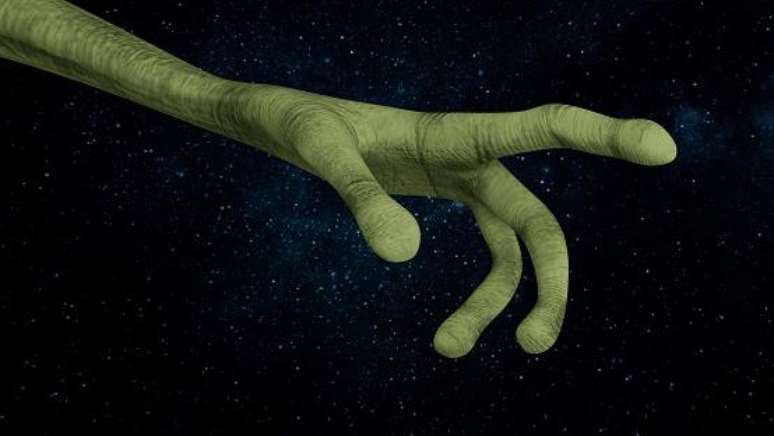Humans have always been fascinated by the discovery of life beyond Earth. But when did this curiosity arise? Historical documents say that millennia ago we thought we were making contact with external neighbors.
Interest in UFOs (unidentified flying objects) initially dates back to a period between 223 BC and 91 BC, when Greeks and Trojans reported seeing “fire in the sky” and “night suns”. Scientists say these reports coincide with solar aurora cycles, which last about 11 years, meaning this was probably what they were describing.
Other accounts, dated between 218 BC and 65 AD, mention seeing round shields and “flaming spears” in the sky, which could also be a cloud or even a mirage. In common is the fact that none of the testimonies mention having seen any creature that resembles our current conception of aliens. So how did the concept of life on other planets arise?
The idea of life outside Earth
It all begins in the 5th century BC, when the philosophers Leucippus and Democritus created atomism, supported by the idea that the universe is made up of indivisible particles. Fundamentally, atomism was a materialist philosophy that denied teleological argument, asserting that all phenomena have a natural cause independent of the existence of God.
Democritus postulated that there was an infinite supply of atoms and, consequently, also an infinite number of worlds. As his student Metrodoro de Quio wrote, “it seems absurd that in a large field only one stem grows, and that in an infinite space there is only one world.”
Later, the Roman poet Lucretius will say: “nothing in the universe is unique and solitary, and therefore in other regions there must exist other lands inhabited by different tribes of men and races of animals.”
The vision of the philosophy of life on other worlds

For some historians, although it is surprising that such ancient philosophers would think about these facts, it is worth remembering that Democritus, for example, lived in a time before the modern perception of stars as other suns. Indeed, these thinkers looked to the heavens and saw beyond their time.
This is because several lines of thought at the time rejected the idea of thinking in multiple worlds, including Aristotelian philosophy. Religion also despised any perception that did not place God at the center of all things.
Until, between 1439 and 1440, a philosopher called Nicholas of Cusa wrote a book that became very influential. He said the following: “Life, as it exists on Earth in the form of men, animals and plants, is found, let us assume in a high form, in the solar and stellar regions. Instead of thinking that so many stars and parts of the heavens are uninhabited and that only this earth of ours is populated – and perhaps with beings of an inferior type – we suppose that in all the regions there are inhabitants, different by nature by category and all due to their origin from God, who is the center and circumference of all the stellar regions .”
Nicolau de Cusa also concluded by stating that there were no standards for evaluating life outside of Earth. “It may be conjectured that in the region of the sun there are solar beings, brilliant and enlightened inhabitants, and by nature more spiritual than those who can inhabit the moon…Those on the earth are grosser and more material,” he wrote. For many, this is the first more concrete idea that has registered in the human imagination about life outside of Earth.
Source: Terra
Ben Stock is a lifestyle journalist and author at Gossipify. He writes about topics such as health, wellness, travel, food and home decor. He provides practical advice and inspiration to improve well-being, keeps readers up to date with latest lifestyle news and trends, known for his engaging writing style, in-depth analysis and unique perspectives.









